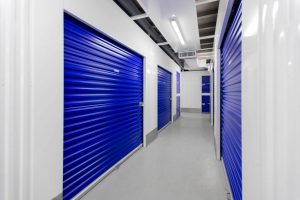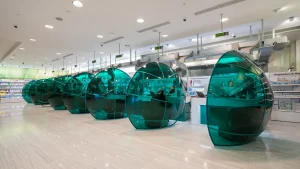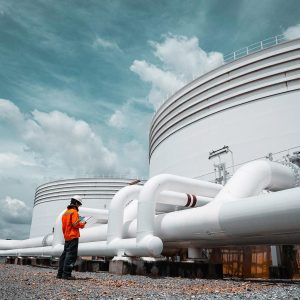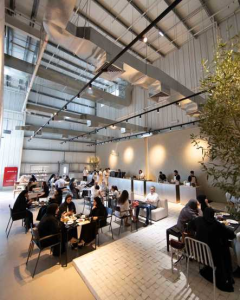6 Benefits Of Using Aluminium In Fabrication Works
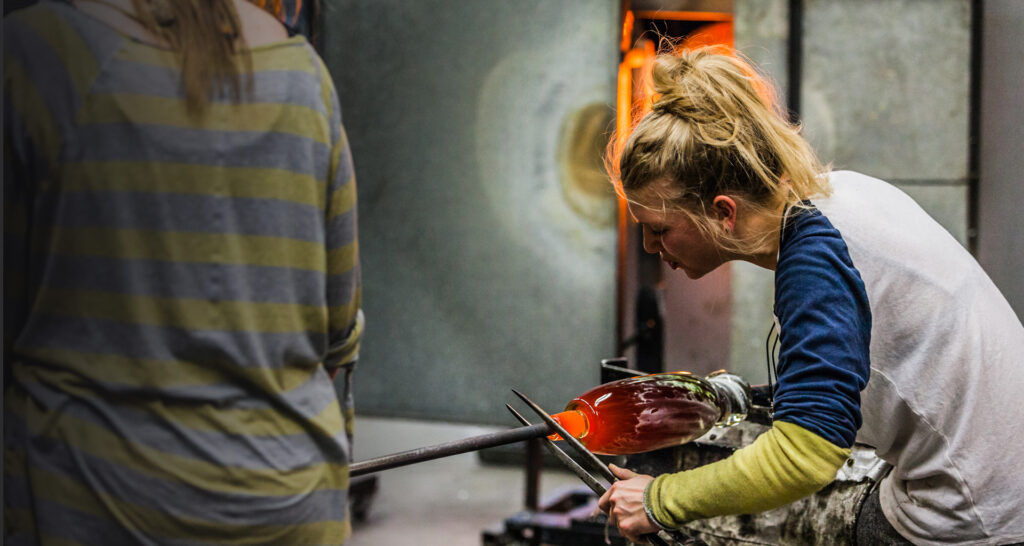
Aluminium has become a preferred material in fabrication works across various industries due to its numerous advantages. Its unique properties make it an excellent choice for a wide range of applications, from construction to aerospace. Find here key benefits of using aluminium fabrication works:
Lightweight
One of the most significant benefits of aluminium is its lightweight nature. Aluminium has a density of about one-third that of steel, which makes it easier to handle and transport. This lightweight property contributes to reduced overall project weight, which is particularly advantageous in applications such as aerospace and automotive industries. Additionally, lighter structures can lead to lower transportation and installation costs.
Corrosion resistance
Aluminium is naturally resistant to corrosion due to the formation of a protective oxide layer on its surface when exposed to air. This oxide layer prevents further oxidation and degradation, making aluminium highly durable in various environmental conditions. This corrosion resistance is especially beneficial for applications in harsh environments, such as marine or industrial settings, where exposure to moisture and chemicals is common.
High strength-to-weight ratio
Despite its lightweight nature, aluminium possesses a high strength-to-weight ratio. This means that it can offer comparable strength to heavier materials like steel, while still being significantly lighter. This property allows for the design of strong yet lightweight structures and components, making it ideal for applications that require both durability and efficiency.
Excellent machinability
Aluminium is known for its excellent machinability. It can be easily cut, drilled, and shaped using standard tools and machinery. This ease of machining allows for greater flexibility in design and manufacturing processes. It also reduces production time and costs, as aluminium components can be manufactured with precision and efficiency.
Recyclability
Aluminium is highly recyclable, and recycling it requires only a fraction of the energy needed to produce new aluminium from raw materials. The recycling process does not compromise the quality of the aluminium, allowing it to be reused repeatedly without loss of properties. This makes aluminium a sustainable choice, reducing environmental impact and supporting circular economy practices.
Aesthetic versatility
Aluminium offers a wide range of aesthetic possibilities. It can be finished in various ways, including anodizing, painting, and powder coating, to achieve different colors, textures, and finishes. This versatility in appearance allows aluminium to be used in both functional and decorative applications, improving the visual appeal of architectural structures, consumer products, and more.
